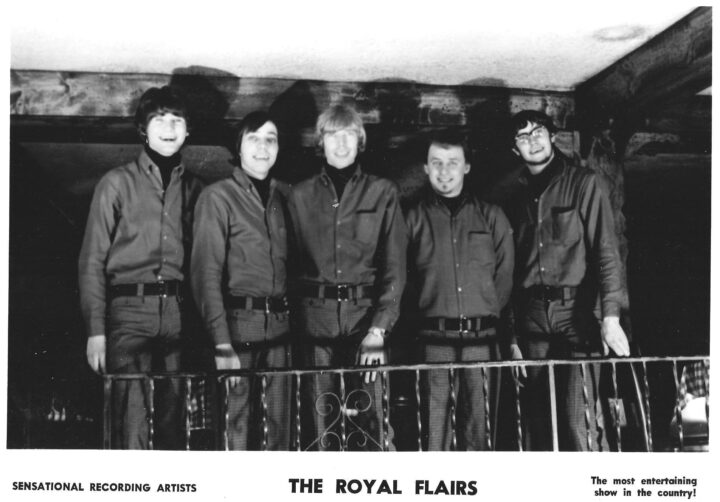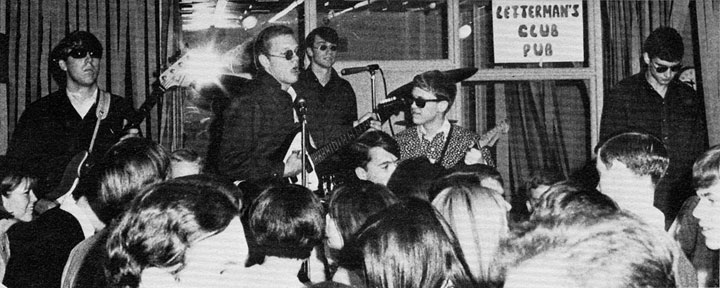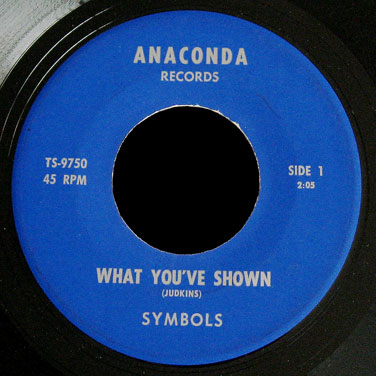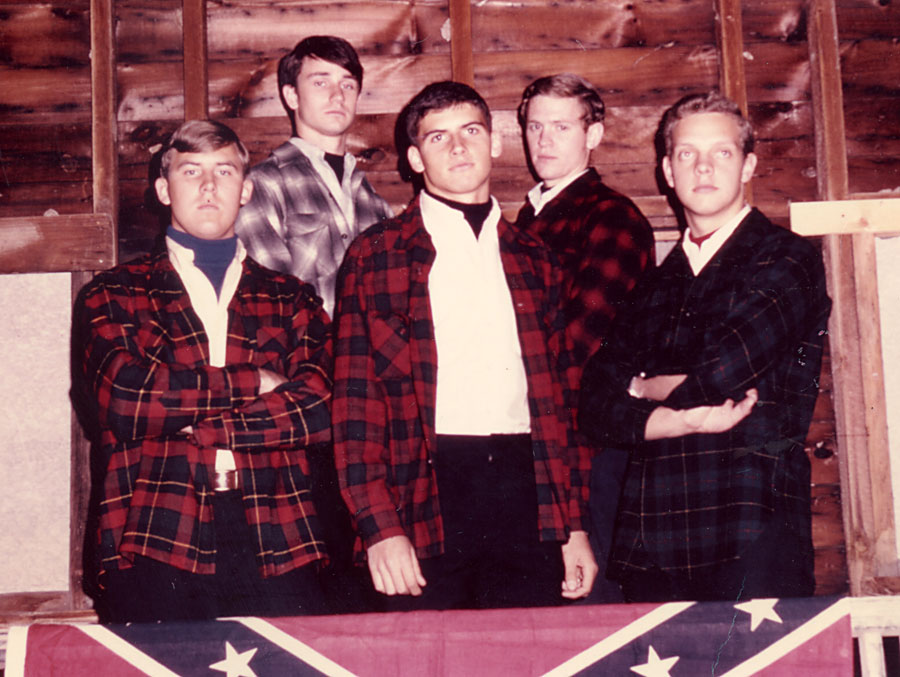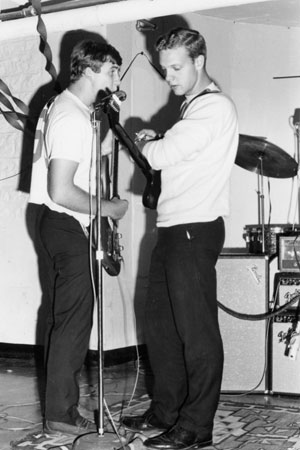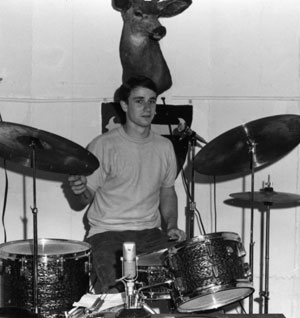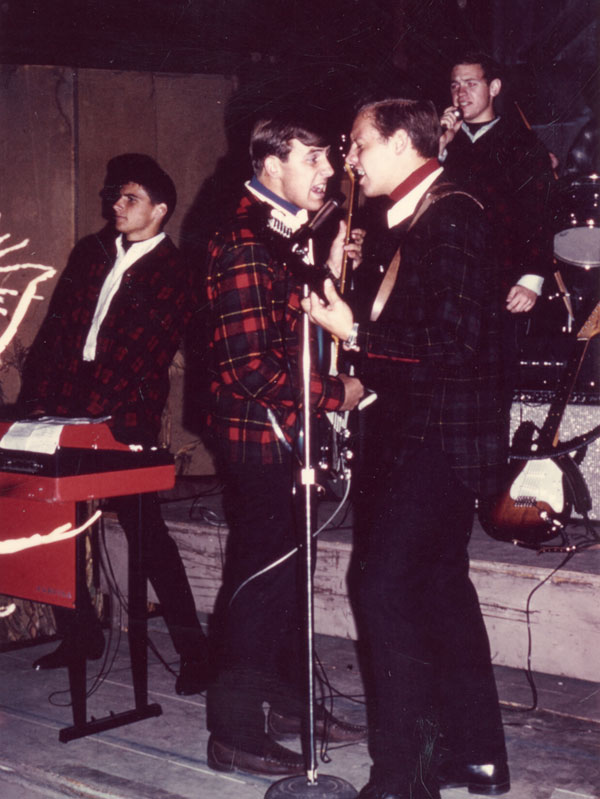The Enchanters IV (also known as the Enchanters 4 or Enchanters Four) came from Lemont, Illinois, a half-hour’s drive southwest of downtown Chicago.
The band included Bill Shedosky (guitar), Norb ‘Butch’ Polvalish (drums), Drew Hoinacki (organ, guitar and vocals) and Dick Baranowski (bass).
The A-side of their first 45 is “I Don’t Know”, a good pop vocal ballad enlivened with surf-type reverb on the guitars. The flip “Like Tuff” is an incredible rocker, with the guitar line so strong it’s hard to believe this isn’t from twenty or thirty years after its original release date of 1964.
All four members wrote “Like Tuff” and Bill Shedosky wrote “I Don’t Know”.
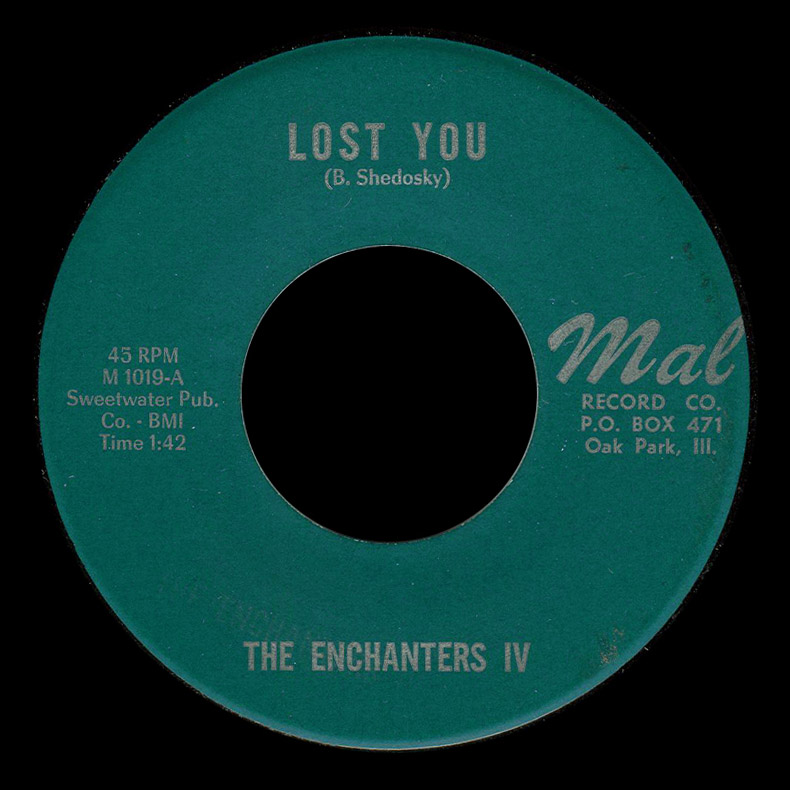 This release was on Den Ric, a label owned by local jazz drummer Ellis “Stukey” Stukenberg who named it after his two sons, as Sue Shedosky-Apgar comments below. Ellis Stukey had put out his own 45 on DenRic a few years earlier, in 1961 (see Davie Gordon’s comment below). Ellis was friends with with Bill Shedosky’s father, Ed “Smitty” Shedosky, a jazz trumpeter with the Vaughn Monroe and Dick Schory orchestras, which may be why he revived his label for the Enchanters 4.
This release was on Den Ric, a label owned by local jazz drummer Ellis “Stukey” Stukenberg who named it after his two sons, as Sue Shedosky-Apgar comments below. Ellis Stukey had put out his own 45 on DenRic a few years earlier, in 1961 (see Davie Gordon’s comment below). Ellis was friends with with Bill Shedosky’s father, Ed “Smitty” Shedosky, a jazz trumpeter with the Vaughn Monroe and Dick Schory orchestras, which may be why he revived his label for the Enchanters 4.
I originally thought there might be a connection between Den Ric (also given as DenRic) and the Den-Lay label that released a 45 by the Cobblestones which was reissued on Mobie, but that seems unlikely.
The band had a second release, this time as the Enchanters IV, featuring a very different sound on “Lost You”, another original by B. Shedosky. I haven’t heard the flip, a version of “Route 66”.
Bill Shedosky passed away in 2003.
Additional info on Ed Shedosky is at the Vaughn Monroe Society.
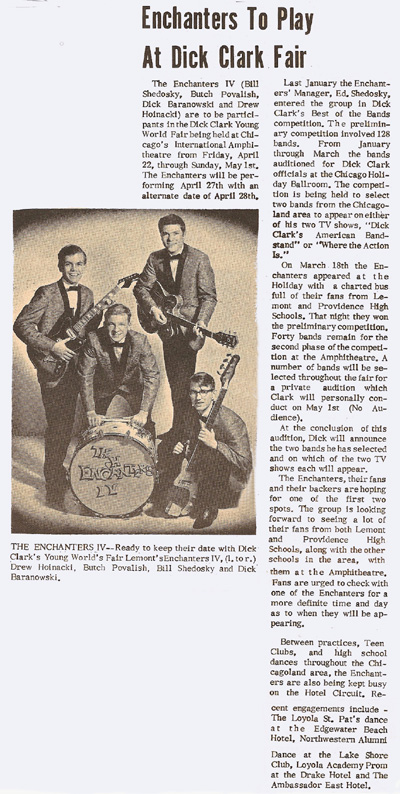 Dick Baranowski wrote to me about the group:
Dick Baranowski wrote to me about the group:
This is being submitted by Dick Baranowski, the bass player of The Enchanters IV. To the best of the ability of my memory, these are just some anecdotes of the life of our band.
Originally we were just The Enchanters and we consisted of Butch Povalish, an organist Ed Misenbach, a guitarist Stan Forzley and I. At that time we actually had two guitarists rather then one guitar and a bass. Ed was a polished organist who played an organ that needed a U-haul trailer to carry around to every gig and Butch was a drummer that had taken lesson for quite some time prior to us getting together. Stan and I were more your “learn to play on your own types who lived close to each other. In fact, I actually got the bug to play from Stan. We played all instrumentals at that time since none of us were really singers.
I’m not really sure how long we played together, but eventually I believe that Ed (who was older then the rest of us) went into the service (this is the sixties). So Butch knew a couple of guys who could fit right in and could even sing, so it seemed to be a great match. Along came Bill and Drew. Again, I believe that both Bill and Drew had taken lessons and on top of that Bill’s dad was a trumpet player with some big names in the Chicago area. So the five of us started practicing and playing locally whenever and wherever we could.
Again Uncle Sam intervened and Stan (who was also older then the rest of us) went into the service. I believe it was at that time that we changed to the Enchanters IV (obviously since we now only had four musicians). We still had three guitarists and a drummer, so at that point we decided that we needed to have one of us switch to bass for a more realistic sound. I’m sure I was the obvious choice since I had no formal training and a lot of what I was doing could be easily transferred to the bass. Drew also had talent at the keyboard, so we added that option on some songs to start with and then as time went by I believed he ended up playing more on the organ then the guitar. And thus the “sound” of The Enchanters IV was born.
I think we all started out with non-name equipment (except Butch’s drums) and eventually ended up with a Fender Bass, Gretsch, Gibson, Rickenbacker guitars, Fender and Vox amps. Bill also had an Echo PA system which had an internal tape to create reverb and echo. I really thought it was ahead of it’s time and it did give us a different sound on stage. The 12 string Rickenbacker is very evident on the second release “Lost You”.
Our venues started out as high school dances and evolved to college parties, teen clubs, weddings, bar mitzvah’s, debutante parties, Dick Clark’s Battle of the Bands, pretty much anything that had entertainment like corporate parties in downtown Chicago. Bill’s dad became our manager, which worked out great since he had a lot of contacts in Chicago already. We got hooked up with several agencies that booked us almost every weekend, and some weekends even more then one gig a day.
I think the big outdoor personal parties in the north suburbs of Chicago and the parties in the big hotels downtown Chicago we loved the best. We would normally be booked along with a big band and would rotate playing time with them. We’d be on for half an hour to play for the younger crowd and then the big band would play for the older crowd. It was great pay and limited playing time.
We had some favorite places to play, probably the local venues around Lemont because we knew a lot of the crowd, but it was always great to meet new people and win them over with your music. One of my favorite places was Western Illinois University. My older brother was attending college there and I think he took some of our records (I Don’t Know) to the local on campus radio station. I guess as soon as they started playing our record it became the most requested song at the station. So he easily got the commissary to put one of the records on the campus juke box and again it became the record played over and over again. I Don’t Know (pun intended) if you’re familiar with the movie That Thing You Do with Tom Hanks, but I can really relate, as the band did on the movie, that when you hear your music for the first time being played on a local radio station or in some juke box at a bar or in a school, the feeling is just overwhelming. I can’t thank my brother enough for getting us hook up with the school. We went there for several weekends and played every night to packed crowds.
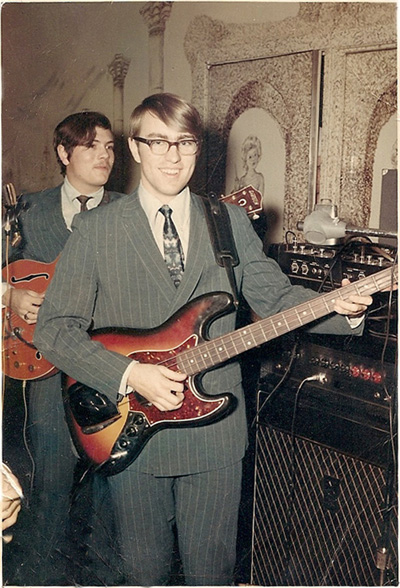
We also played some military gigs, I believe the Naval station in northern Illinois and a couple of military balls in Chicago hotel ballrooms. I gave up a lot of social activities and sports to play in the band, which required a lot of time between practice and playing, but I’d be hard pressed to say I missed anything because we had fun every night we played. Thinking about it now, I can’t remember any night that we had a bad time. I think our biggest asset was our ability to get people to dance. The dance floor was always full and people were always havin’ fun, and that’s what it was all about.
We had a lot of different outfits and always matched when we played. We had Neru (collarless for those of you under 55) jackets, double breasted pin striped suites, Tom Jones outfits (puffy sleeve white shirts and white jeans) and a series of embroidered tuxedo jackets. We played a lot of the downtown hotels in Chicago and pretty much always had a tux on for them. I think that said a lot about the band in that we were committed to each other and our music.
We did have two studio recording sessions, the first one was on the Denric label, which I believe was owned by a friend of Bill’s dad. The A side was “I Don’t Know”, written and arranged by Bill and the B side was a collaboration of the band as a warm-up instrumental when we practiced. It is a piece that easily showcases Butch’s talent as an outstanding drummer. Unfortunately, Bill and Butch are no longer with us, but I will always remember the great times we had.
The B side of “Lost You” was a cover of the original “Route 66”. It’s a long story, but it didn’t really come out like we would have wanted. Bill’s dad handled all of the details on both recording sessions so I’m not really up on it, although I do believe we paid for the first one because we used to sell copies of the “I Don’t Know” / “Like Tuff” record wherever we played. I think the second session was taken care of by the people who produced it and they had some strange idea to have Drew (back up singer) use a falsetto voice for the back up and we didn’t think much of it. Also, “Lost You” was a little too fast, but obviously sounds completely like a British invasion band (probably the 12 string Rick’ that Bill had). I think that if we would have been in control of it, it would have come out a lot better. Bill was very talented in putting things together. In the second session we actually recorded about 6 songs if I remember right and they were put on a one sided demo LP (only one copy that I know of). I wish I knew what happened to it (or maybe the tape is still alive?), because I can’t remember what else we recorded. It was some kind of demo disk because it was only good for so many plays.
I would call us a R&B 60’s cover band. I think most of our songs were R&B classics like “Mustang Sally”, “Ain’t Too Proud to Beg”, “Have Mercy”, “My Girl”, “Grapevine”, etc. Every night we would play what we called our Soul Medley. It was an arrangement which Bill put together that ran six or eight soul songs together seamlessly, taking the tempo up and down without missing a beat. It was probably the best part of every night. The only thing I wish I could change is to have some video of the band from the 60’s. I did actually make an old reel to reel recording at a basement practice session once, but you have to remember that was the 60’s. At one point it got transferred to an 8 track (yes an 8 track) and then from the 8 track to a cassette. Unfortunately, I don’t know (the pun again) what happened to the reel, but I do have the 8 track and the cassette. The quality is pretty poor since I was trying to play and do the engineering at the same time, but it still brings back some memories. I also wonder what happened to my sequined tuxedo’s. I know they wouldn’t fit, but the grandkids might get a kick out of them..
Dick Baranowski, 2011
Thank you to Ken Price for the Den Ric scans and alerting me to this great band, and to Mop Top Mike for the Mal scan and info. Special thanks to Dick Baranowski for the photos, clippings and additional info about the band.

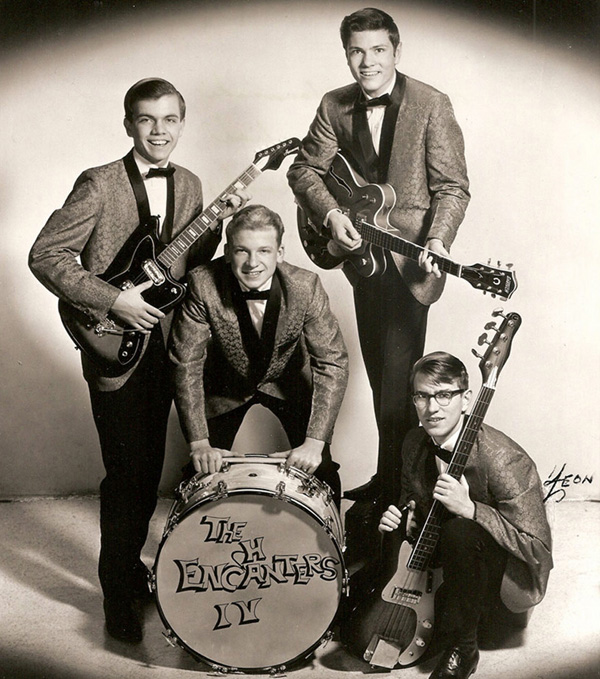
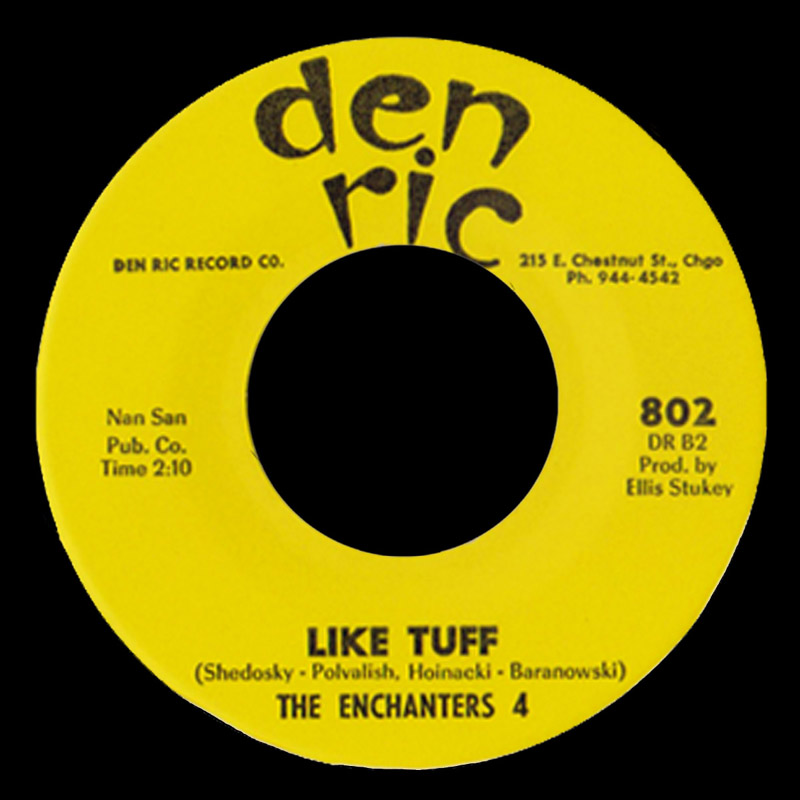
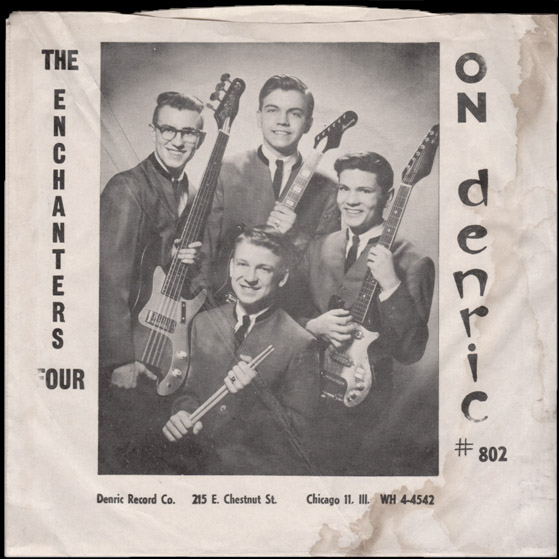


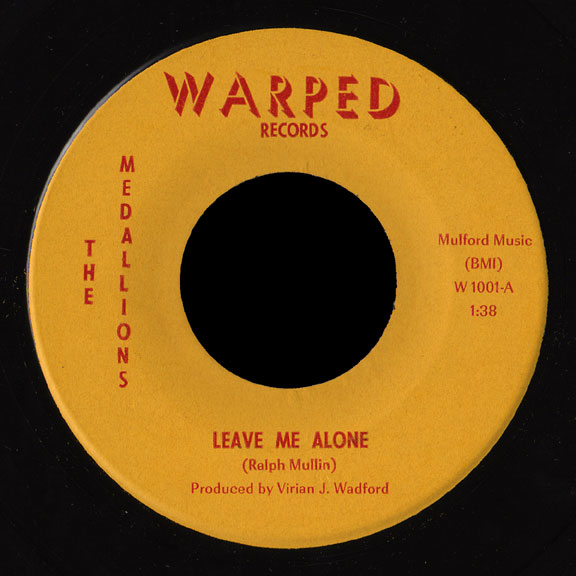 The Medallions cut this one 45 on the excellently-named Warped Records, then split up, as far as I know.
The Medallions cut this one 45 on the excellently-named Warped Records, then split up, as far as I know.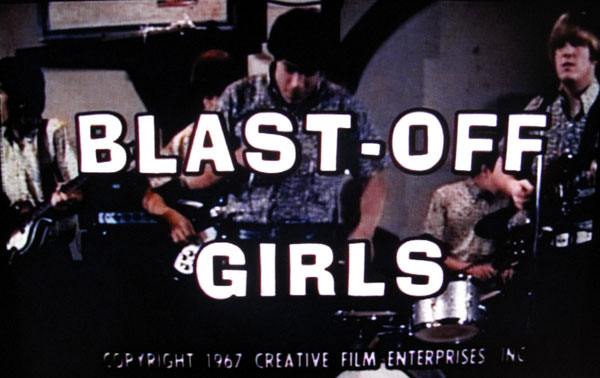
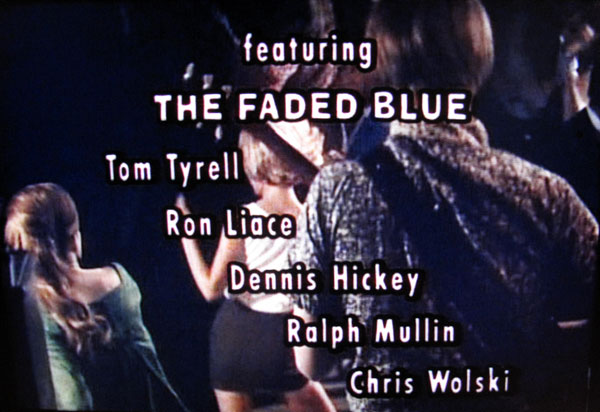

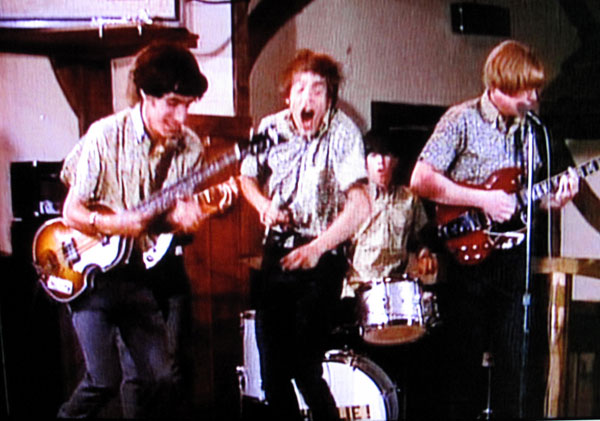
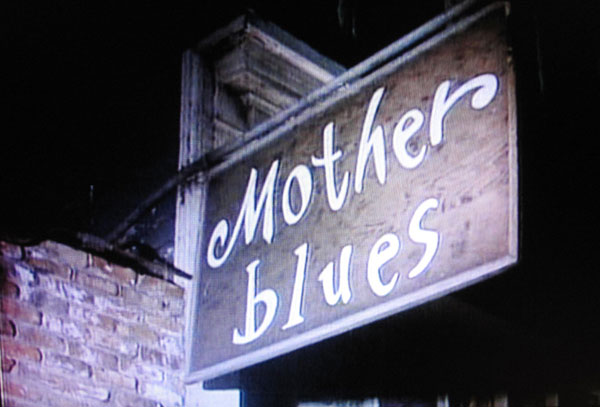
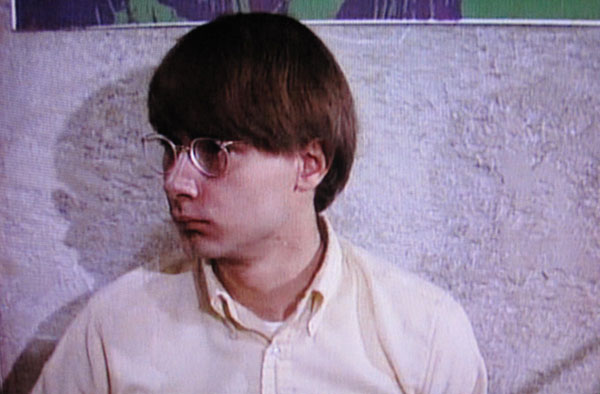
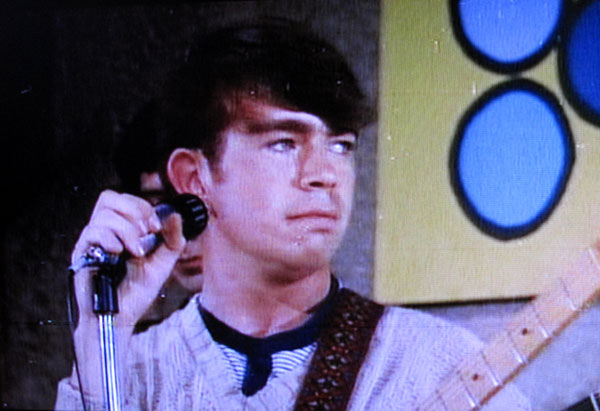
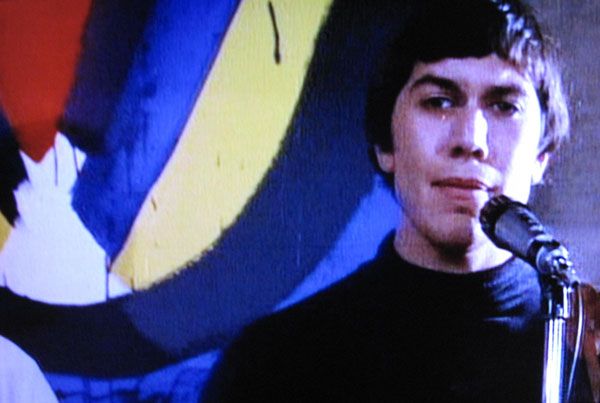
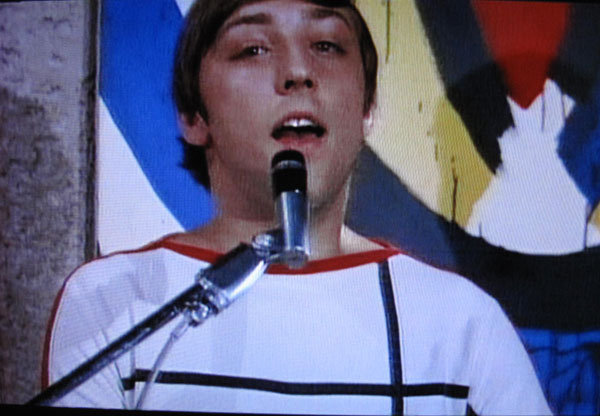
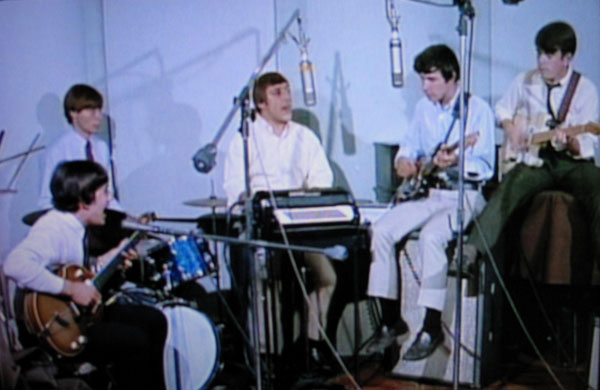

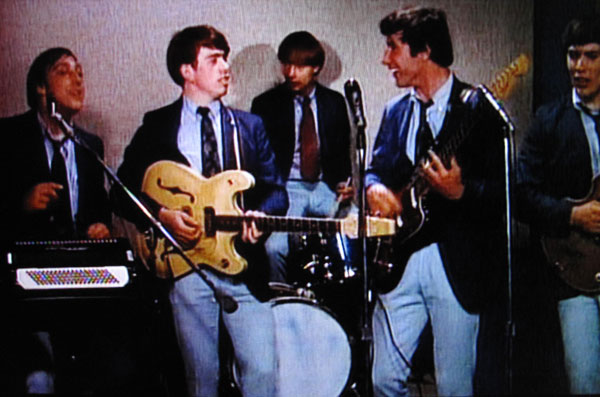
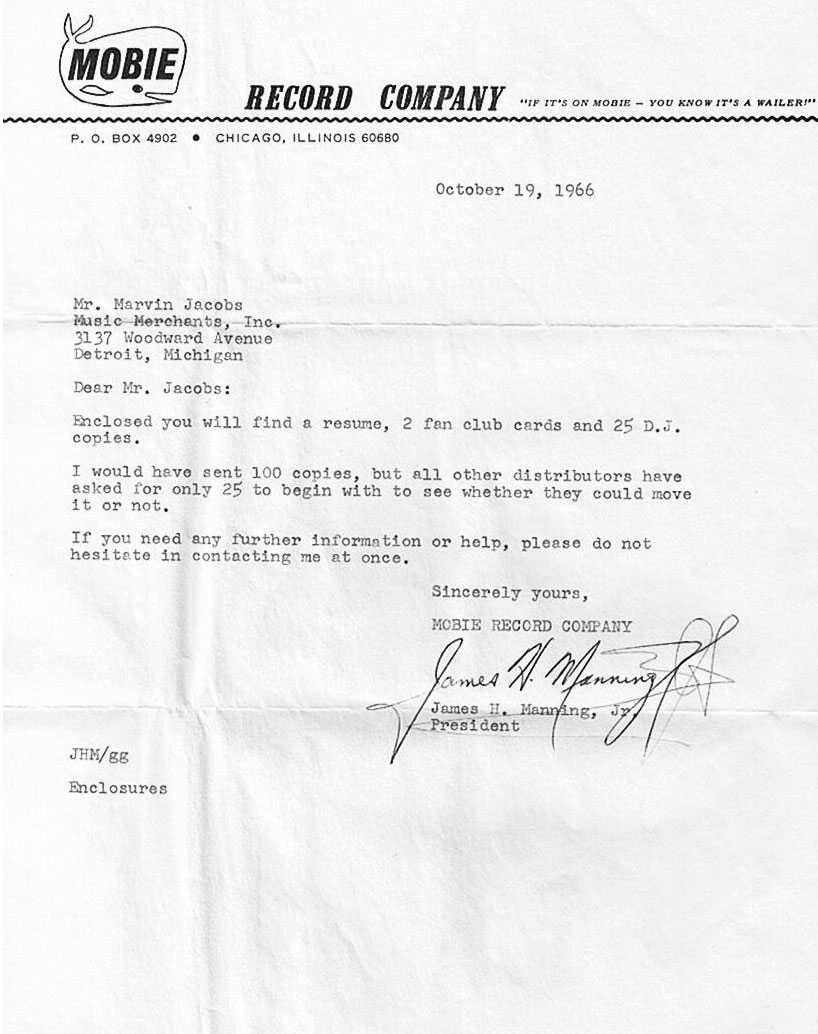
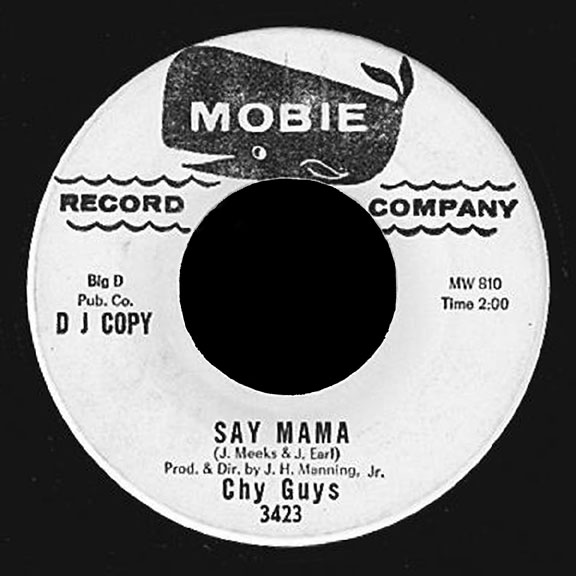
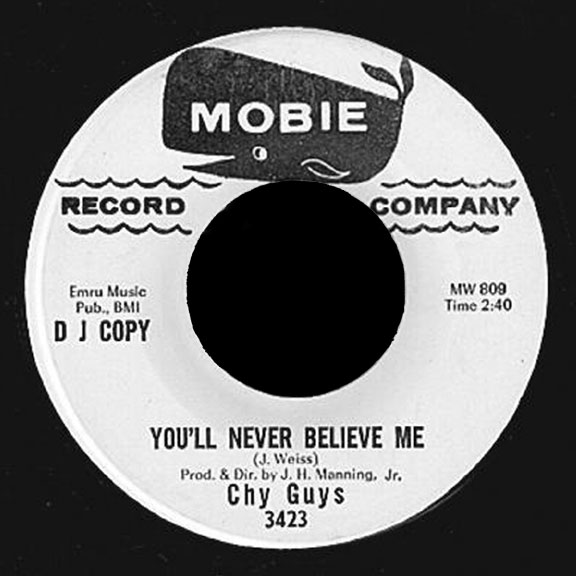
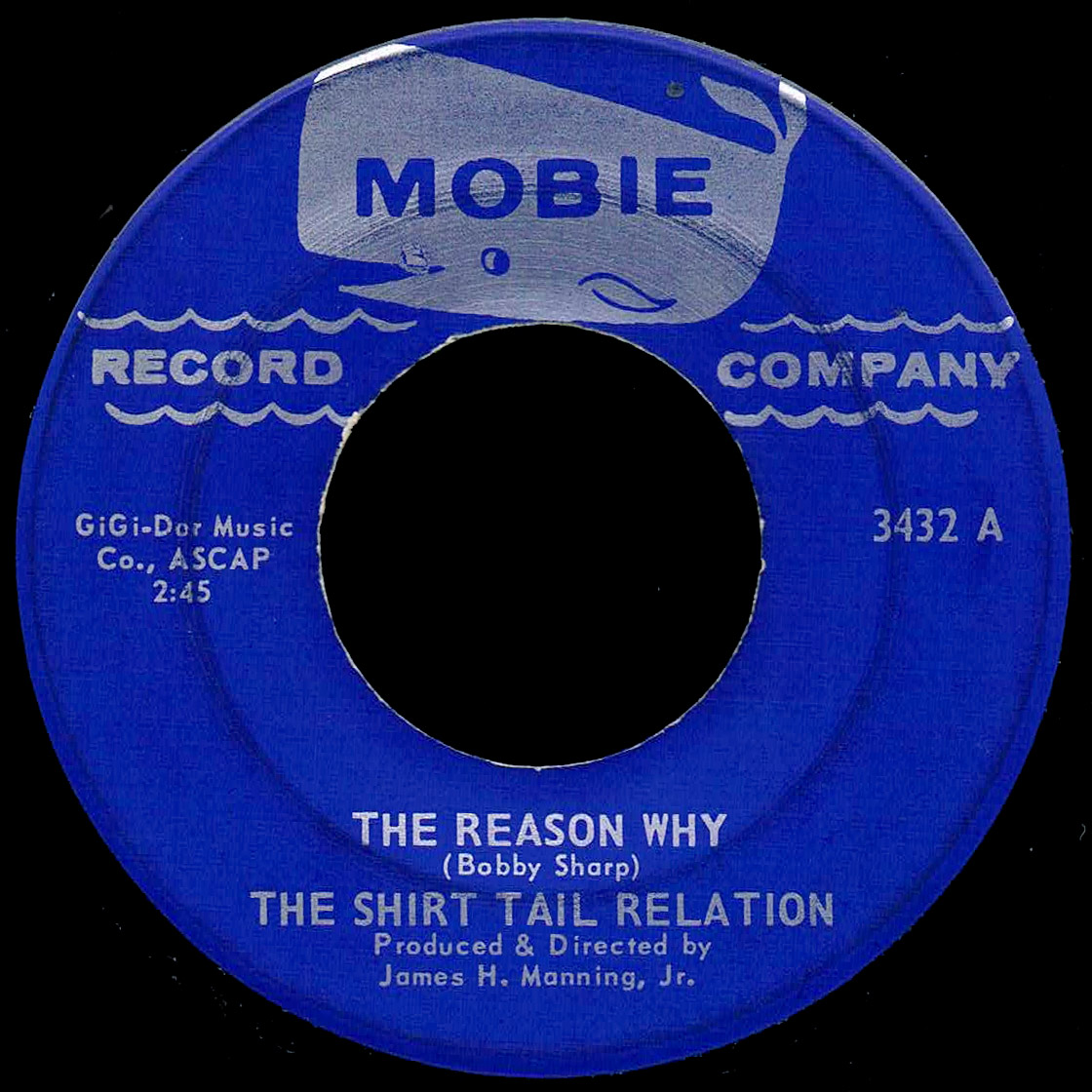
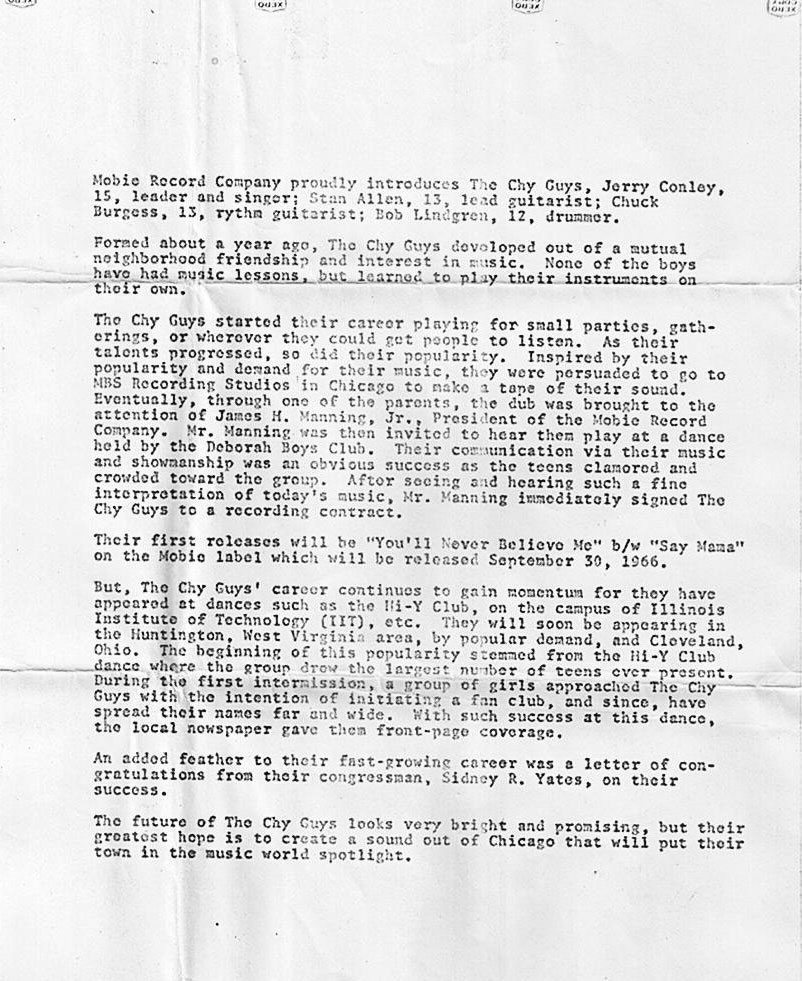

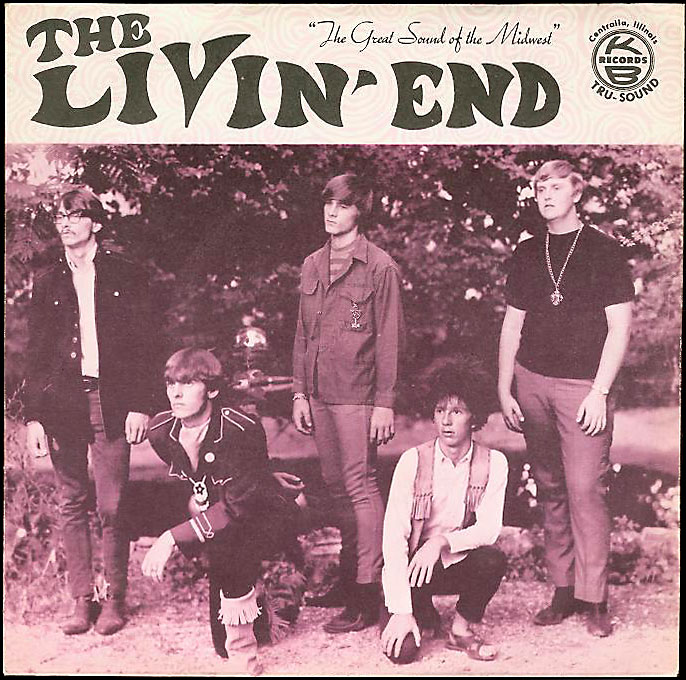
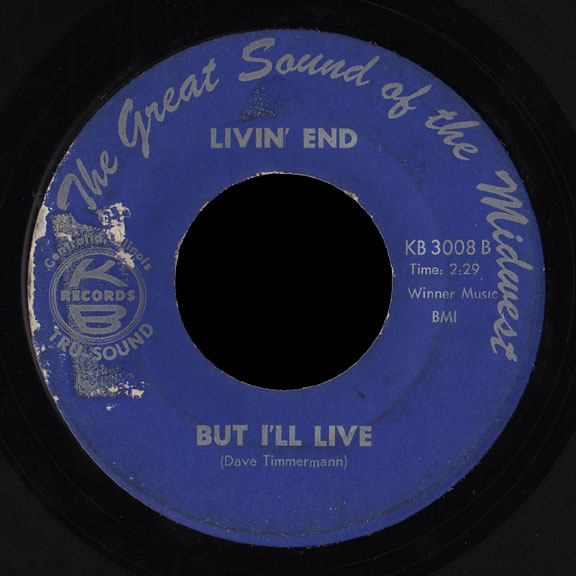
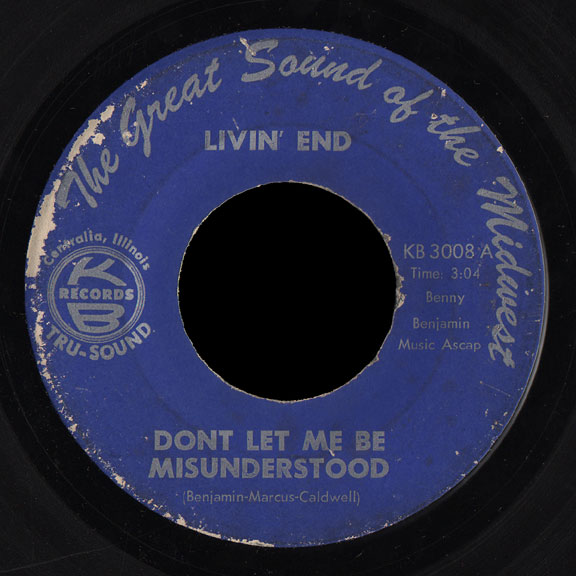
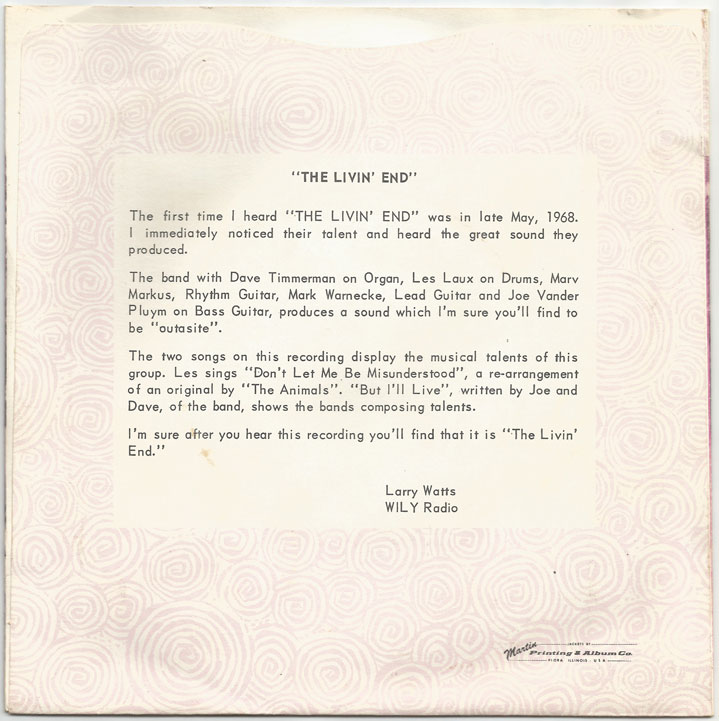

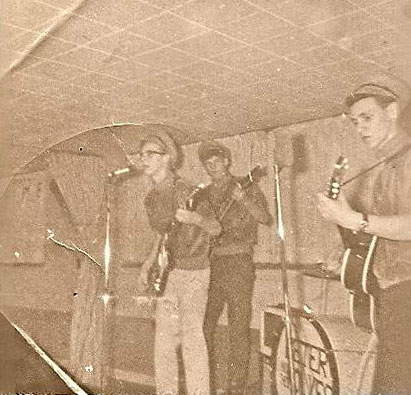
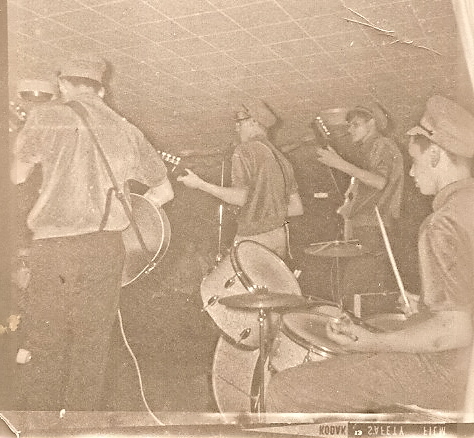
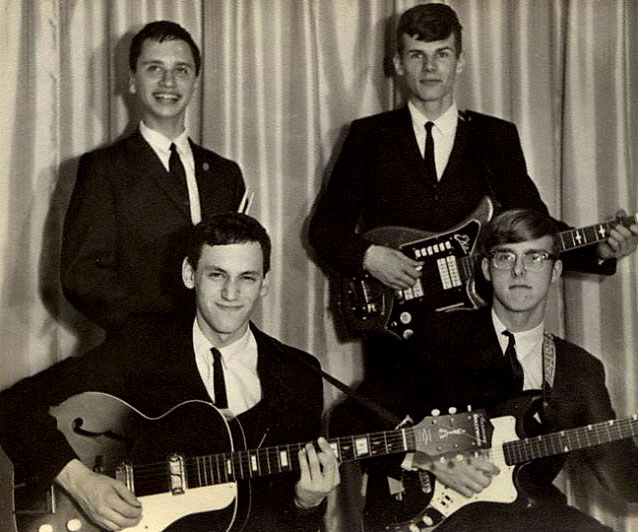
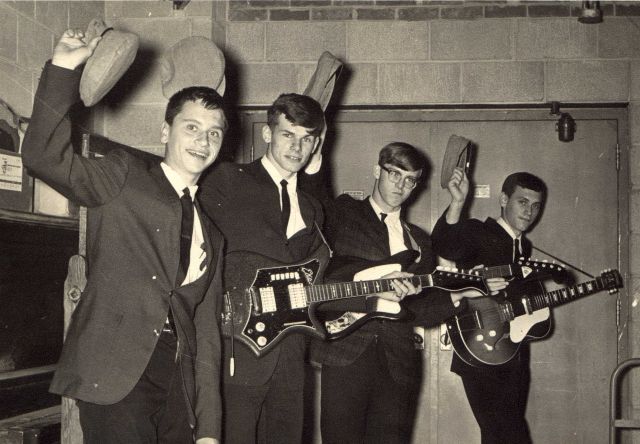
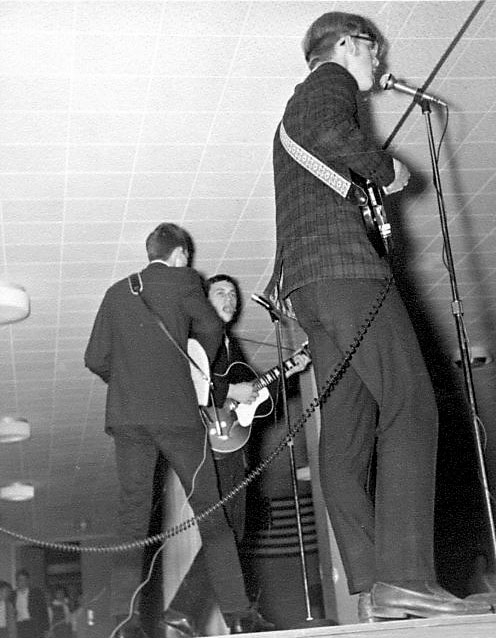
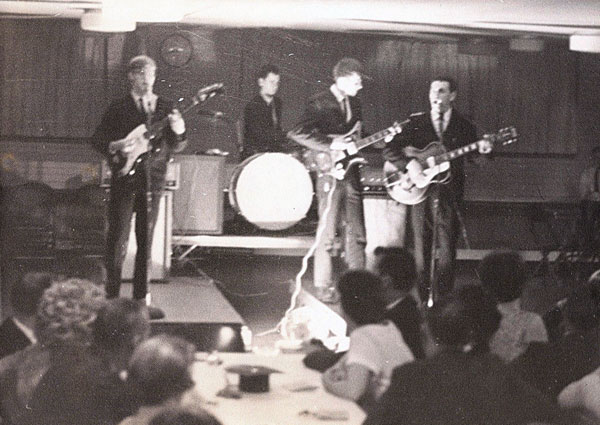
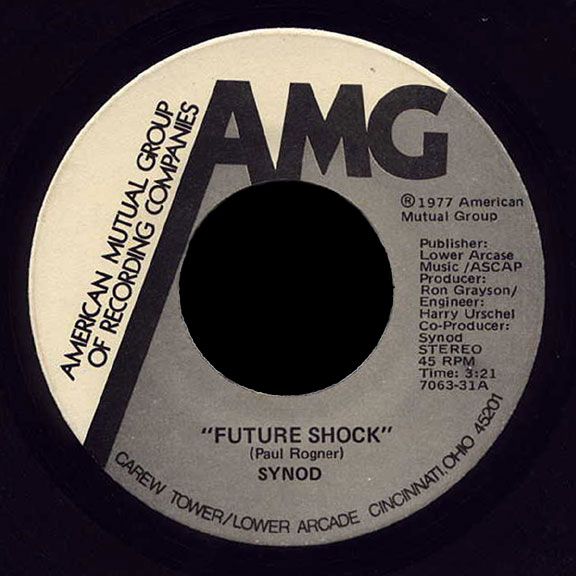

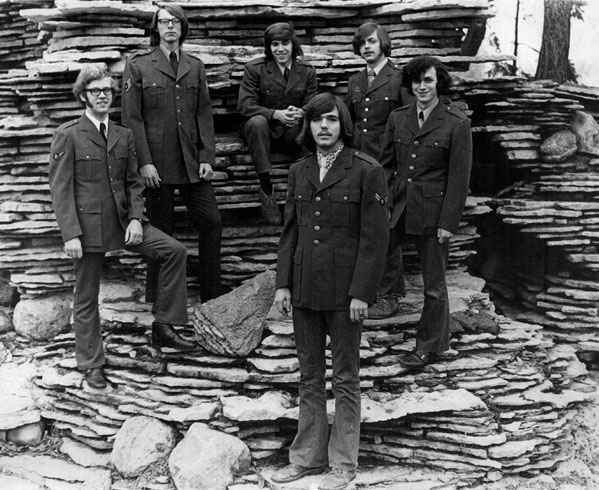
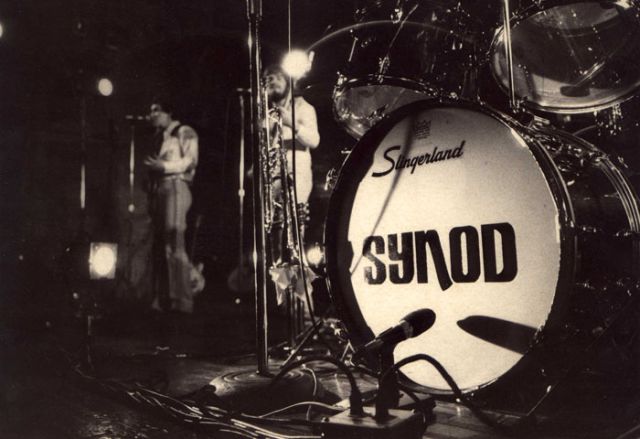
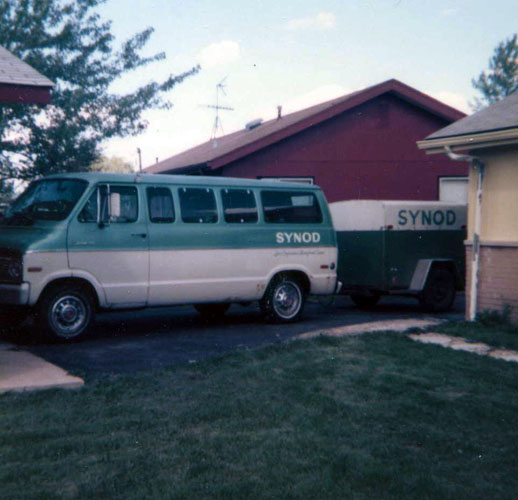
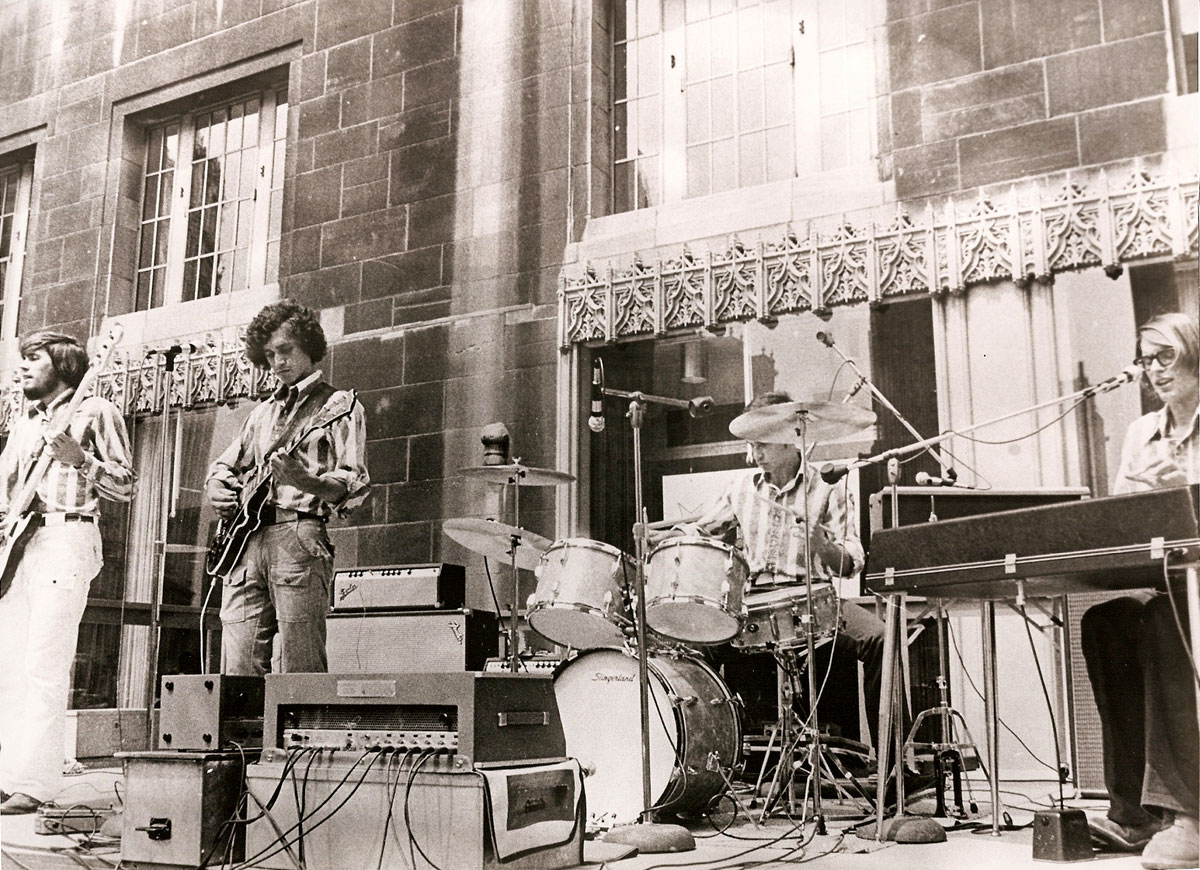
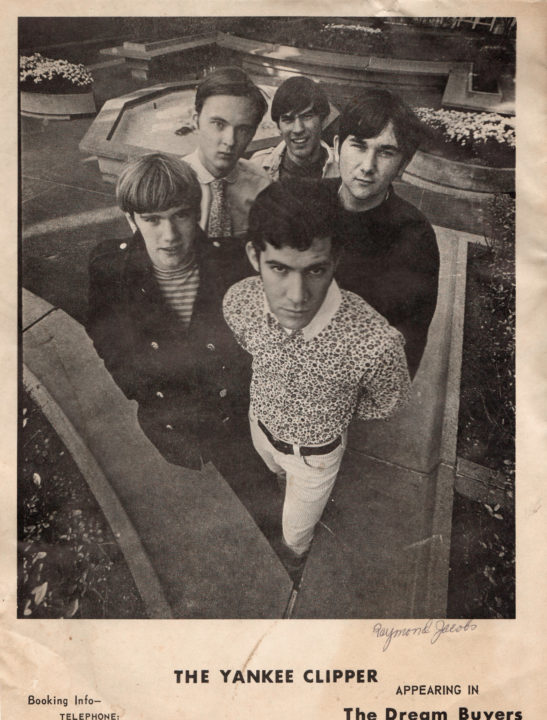

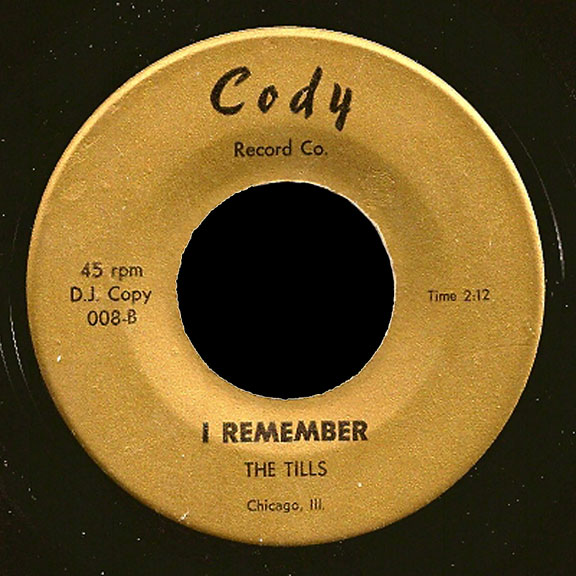

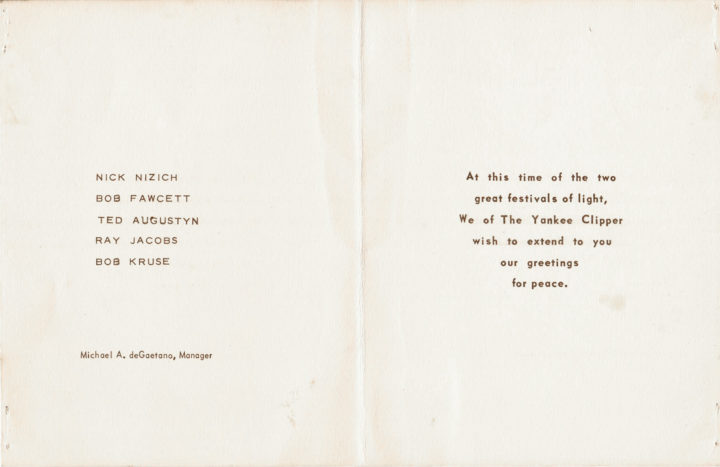
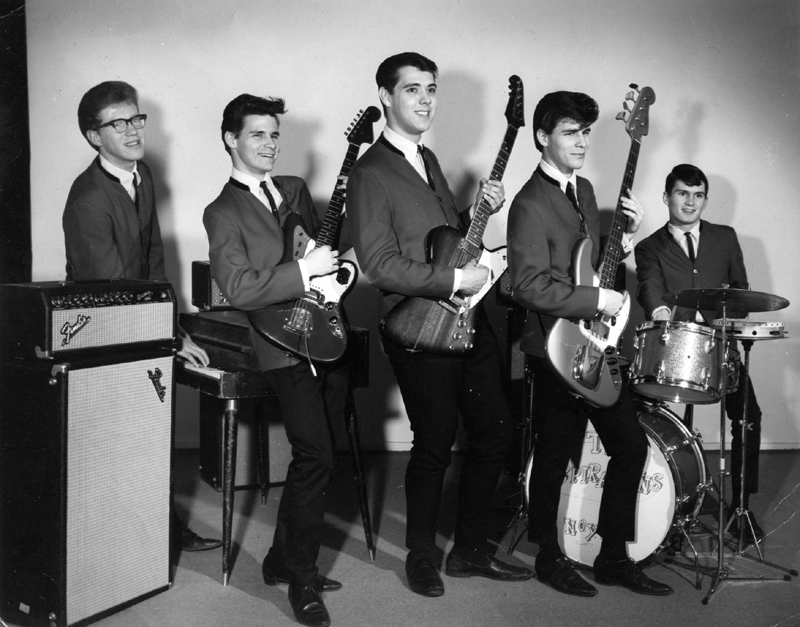
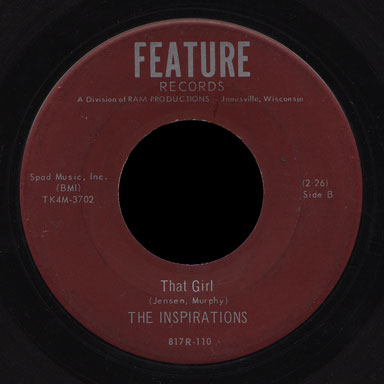
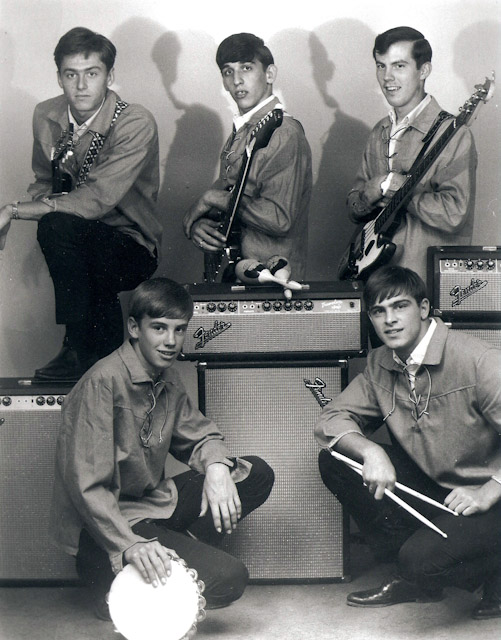

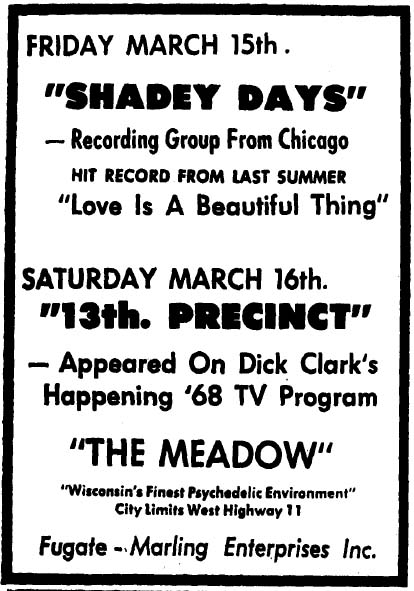
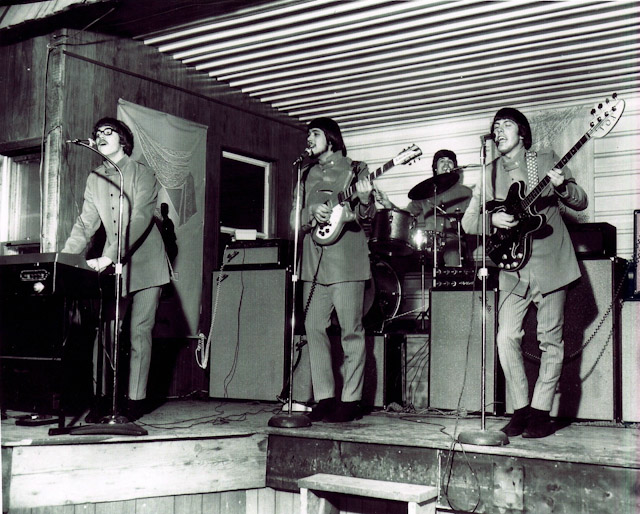


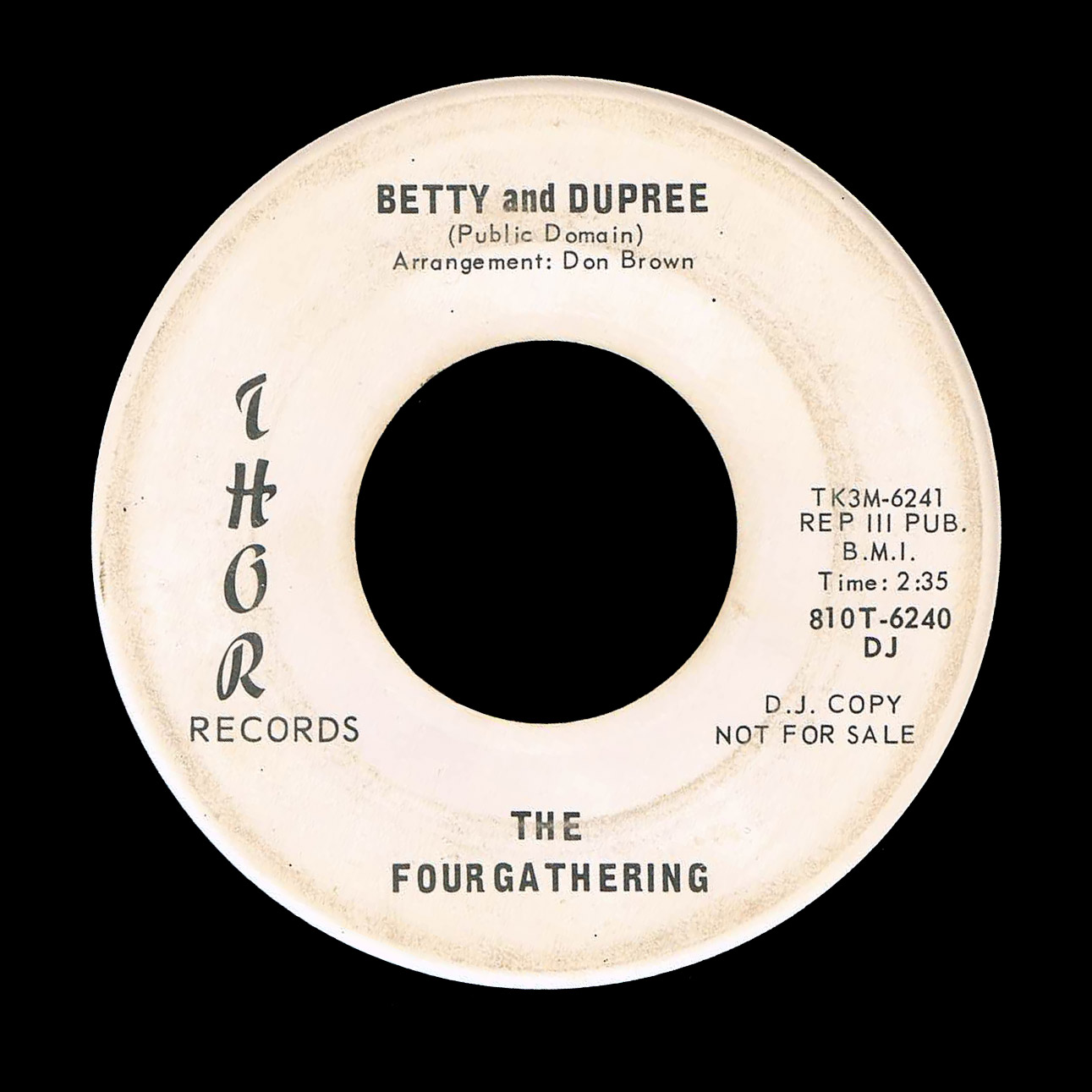

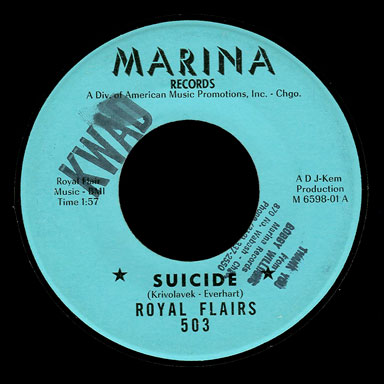 Three members stayed with the band through all of their changes: Bob Everhart (Bob Williams’ actual name) on sax and vocals, Dave Krivolavek on guitar and Dave Brubeck on bass. Other early members included Jerry Fleetwood on trumpet, Daryl Hill on organ, Brian Sallozo on sax, Brad Starr and Mike Nelson on lead guitar, and Rick Brown on drums.
Three members stayed with the band through all of their changes: Bob Everhart (Bob Williams’ actual name) on sax and vocals, Dave Krivolavek on guitar and Dave Brubeck on bass. Other early members included Jerry Fleetwood on trumpet, Daryl Hill on organ, Brian Sallozo on sax, Brad Starr and Mike Nelson on lead guitar, and Rick Brown on drums. According to the notes from Back from the Grave, the band broke up after Bob Everhart was shot when he tried to protect a 350 pound go-go dancer named Miss Temptation from a crazed patron. Bob survived the wound but decided to get out of the nightclubs while he was still in one piece!
According to the notes from Back from the Grave, the band broke up after Bob Everhart was shot when he tried to protect a 350 pound go-go dancer named Miss Temptation from a crazed patron. Bob survived the wound but decided to get out of the nightclubs while he was still in one piece!